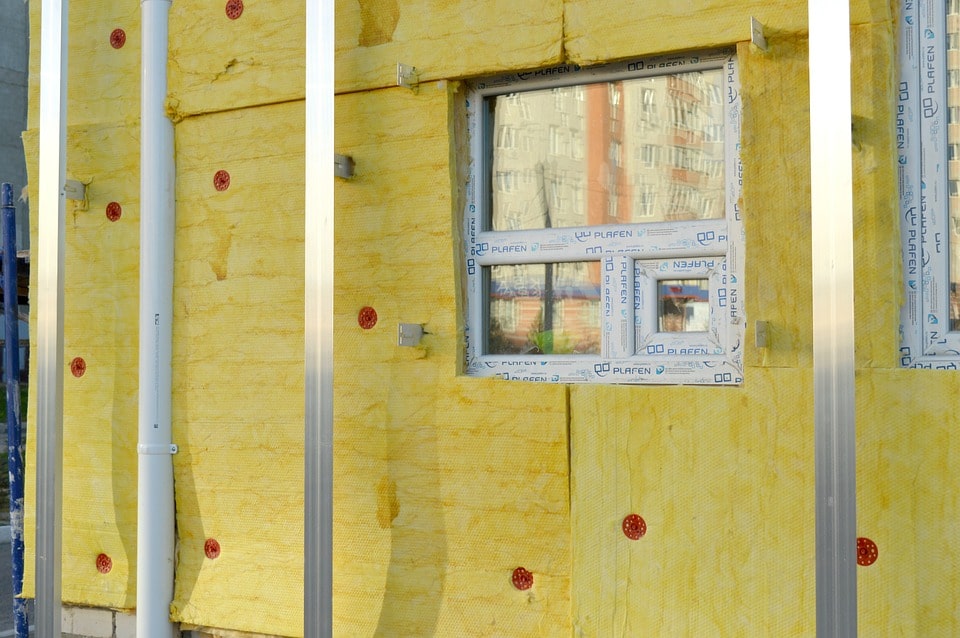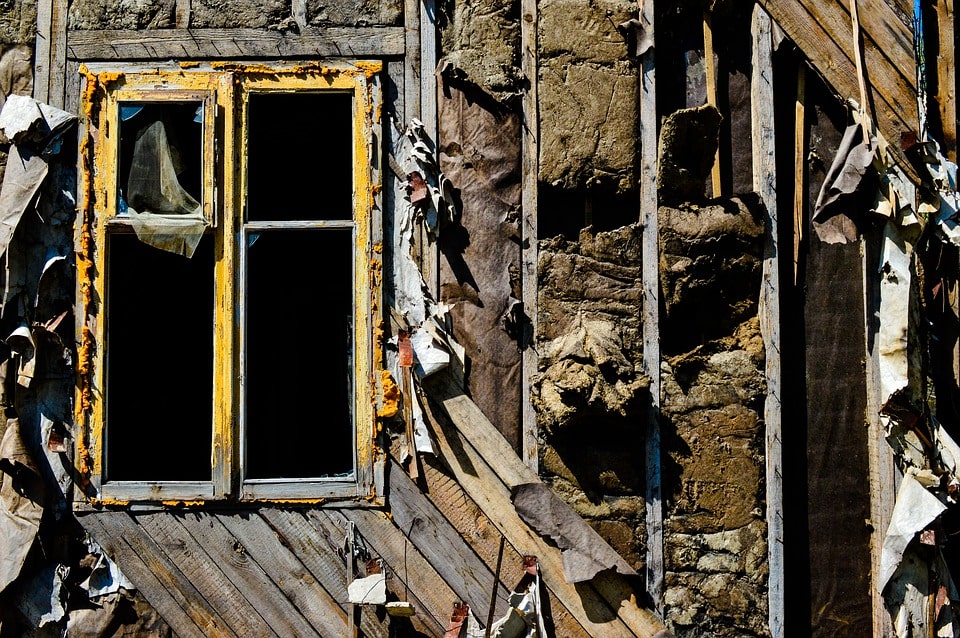Restoration and renovation of the building
The process, called building renovation, involves performing a range of interconnected construction work. This is a complete reconstruction of facilities, as well as their further adaptation to any modern needs. The advantages of the procedure include the following points:

- Very old houses that have already expired, many of them are on the verge of collapse, and they still need to be replaced;
- modern communications, excellent heat and sound insulation in new apartments saves on the cost of repairing the residential sector;
- the ability to equip buildings off the grid with utilities;
- in new residential complexes parking spaces are usually planned, which will save residents from the problem of where to leave the car today;
- after the renovation of the building, the rates for capital repairs are significantly reduced;
- new, modern buildings will have a positive impact on the appearance of streets and cities;
- large-scale construction provides new jobs.
There are downsides to renovating a buildings. After all, some of the houses that fall into disrepair, along with semi-emergency, can still serve for many years. Also, in parallel with the growth of building density, the load on public transport, hospitals, schools, shops will increase, and the excess population can lead to domestic problems and inconveniences.
Facade insulation: main stages
The rapid rise in energy prices and utility tariffs has increased the urgency of insulation of facades. This procedure helps to save money and more efficient use of heating resources. How else can you save money? This requires:

- install a two-zone electric meter;
- use local lighting;
- use LED lamps;
- regulate the temperature on the boiler water heaters, but without reducing the comfort of the occupants of the house;
- control the temperature of the heated floor.
Also, insulation of the house should include not only the facade, but also the ceiling and floor. Foamed polystyrene is ideal for insulating the facades of brick, wooden and cinder blocks. In the common people, this material is usually called foam. Its advantages include excellent heat and sound insulation properties, and it does not absorb water. The order of warming of the house by polyfoam consists of several stages. It:
- preparation of the facade of the house. The surface of the wall on which the foam will be glued, must be clean, without protruding elements. The allowable height difference varies between 10-15 mm. Therefore, before warming of facades it is necessary to clear a surface of a paint, pollution, and also to eliminate available defects by means of plaster. Then, in the process of warming the facades, a primer is applied to the prepared wall, which increases the adhesion of the surface and reduces the likelihood of fungus;
- installation of the starting profile. The need for this stage of insulation of facades is to simplify the installation of the first row of foam sheets, as well as to minimize the deviation of the row horizontally. In addition, according to the masters - this is a reliable protection of the profile from rodents;
- applying the adhesive composition on a sheet of foam. This stage of insulation of the house can be performed in two ways, it depends on how flat the surface of the wall. The first method is used in the case of differences of not more than 10 mm. Application of glue at warming of facades is carried out by means of a comb spatula on all surface of a plate. The second is relevant for differences over 10 mm. In this case, the adhesive composition is applied in small "spots", and the foam sheet during laying is pressed against the wall with slight shifts. Thus the glue fills the empty space under the sheet, and its remnants are removed with a spatula;
- installation of polyfoam on a facade. Beginners are often interested in where to start insulation of the facade? Competent installation on the plane of the wall begins at the bottom corner and is performed with an offset of half a sheet, ie the foam is laid in a checkerboard pattern. This eliminates "cold bridges".
The final stage of insulation of facades is fixing of polyfoam by dowels. Fastening is possible only after complete hardening of glue. It usually takes 1-2 days, depending on the weather. At this stage, the insulation of the facade is completed, followed by cosmetic work - filling gaps, seams and finishing the walls.
